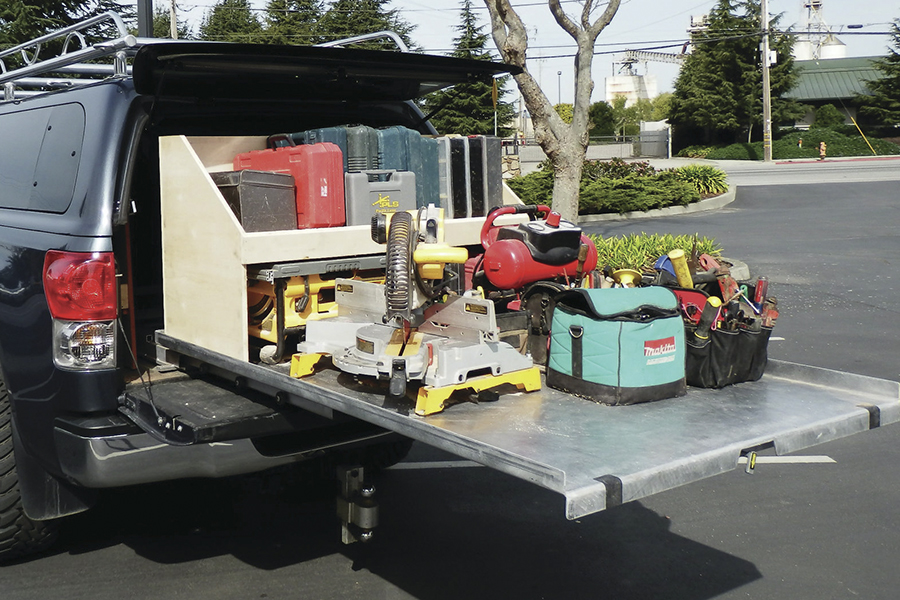When a contractor acquires a new tool or piece of equipment, the cost is fairly apparent. After all, it’s hard to forget that you just shelled out tens of thousands for a new vehicle or even a couple thousand for a new table saw. But the cost of what you purchased years ago and now take for granted isn’t as likely to be noticed.
Imagine how much it would cost to complete your jobs if you had to rent all your tools, trucks and equipment. To save money in the long run, most contractors use their owned vehicles and equipment, but only if they are used regularly. For example, you may need to occasionally rent a skid steer, scaffolding or portable toilets on a job-by-job basis. When you rent these, you typically include the cost of the rental in the job. But if you own them, then you may not be capturing all the costs of your jobs.
For example, assume you have a large dump truck. Every time you have a large load of materials to take to the dump, it costs you money. Even if you don’t rent the large truck, you still must pay for it in the long run. One contractor owned a dump truck that was almost 10 years old. He didn’t consider the costs of the truck as part of his job since he had paid it off a long time ago. Then, on a very large job, the truck died. The estimated repair costs were greater than the value of the truck, so he needed to replace it – and replace it quickly. All of a sudden, he needed the job to be able to produce enough cash to purchase a new dump truck.
Another contractor had two large jobs starting at the same time. Both jobs needed scaffolding. While he had purchased scaffolding years ago, he did not have enough for both jobs. So he had to rent scaffolding for the second job to keep them both on track. The question is: Did that second job cost more? If he didn’t include the cost of the scaffolding in the estimate (since he owned it already), did he now have slippage on the job? Did the second job produce enough profit to cover the additional, unexpected costs?
Consider your equipment and tools like your own, internal rental center. As you charge jobs for the costs of these large pieces of equipment or vehicles, you can build up a cash reserve to be able to replace the equipment as it wears out. When you sell a job, make sure that a portion of that sale price is earmarked for equipment, whether you own it or not. Use that additional money to create your replacement fund. You can even identify a specific dollar amount from each job’s profit and assign it to your replacement fund. Just because you own it doesn’t mean it’s free!
